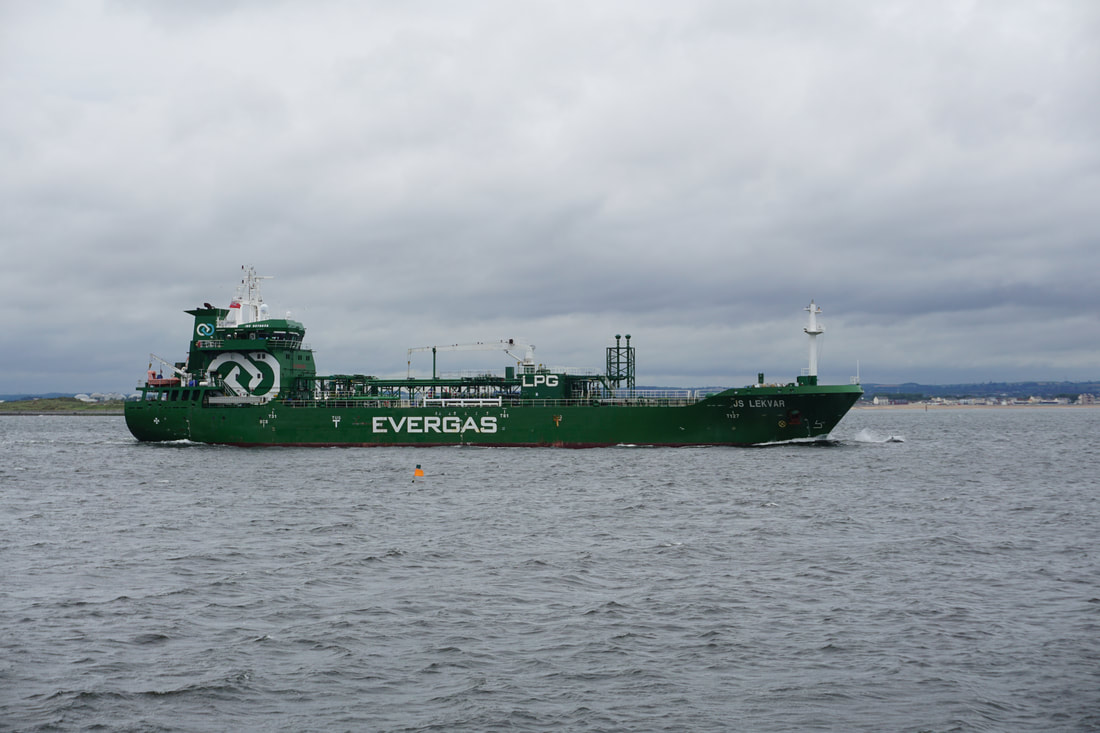- About
- Contact
- Blog
- CONSUME
- GALLERY
-
PERAMBULATIONS, Etc.
- Old Parcels Office, Scarborough
- Ghent
- White Cube
- Cornerhouse, Manchester
- Venice 2019
- Tectonics
- Leeds City Art Gallery
- Hayward Gallery, London
- Hull University Art Gallery
- Whitney Gallery, New York
- Royal Scottish Academy, Edinburgh
- Talbot Rice Gallery, Edinburgh
- Fruitmarket Gallery, Edinburgh
- Modern One & Two, Edinburgh
- Groeningemuseum, Bruges
- Humber Street Gallery, Hull
- Renwick Gallery, Washington DC
- Arenthuis, Bruges
- Ropewalk Gallery, Barton on Humber
- Geementmuseum, Den Haag
- Ferens, Hull
- Crescent Arts, Scarborough
- Walker Art Gallery, Liverpool
- Hepworth Wakefield
- Yorkshire Sculpture Park
- Stedelijk, Amsterdam
- Henry Moore Institute
- Louisiana
- SMK Copenhagen
- Yorkshire Sculpture International
- Tate Modern
- Whitworth, Manchester
|
I’ve had a brief and pleasant escape from all things political in Middlesbrough. This may not be an obvious choice for a break, but as I become more familiar with the place and its environs it reveals its attractions. This in large part is due to my doing an M.A. in Fine Art at Teesside University (or the newly created MIMA School of Art, after the Middlesbrough Institute of Modern Art). It has to be said that it helps if you find the industrial landscape fascinating and full of inspiration. The landscape here has been transformed more than most by industrial use (competitors might be Grangemouth or Immingham). I began my studies on the South Gare breakwater on the south side of the Tees, a spit not unlike Spurn Point, but largely made from slabs of concrete built on top of slag created by the iron and steel works. They had to do something with it. This otherworldly spike into the North Sea therefore has a connection with the tranquil heather carpeted North York Moors, from whence came much of the iron ore—by a specially constructed railway down from Rosedale. The dale’s mines closed down early in the twentieth century. It took another century before the Redcar blast furnace was closed. Now it stands as a derelict memorial to an almost extinct industry. Its site lies two or three metres above sea level on reclaimed land. Whatever eventually replaces it will have to be built to withstand the sea level rise for which it was partly responsible for. There’ll be no slag this time round to displace the sea.
Then onto North Gare, across the estuary in the shadow of the Hartlepool nuclear power station, which perhaps ironically will be shut down in a few years’ time, before it too could be swamped (it survived the 2013 tidal surge). Around this side of the river there is a network of nature reserves, and now one could almost imagine being in some Dutch pastoral painting of the Golden Age, the flat land populated with cattle grazing amidst uncultivated marshes and ancient sea defences. Having said which, I was surprised to see something I’ve never seen in a Dutch painting, namely a large brown cow mounting a somewhat smaller, indifferent black bullock. What did it think it was up to? Is this normal behaviour? Or has its hormones been so tampered with it wanted to emulate the randy behaviour of a bull? I wish I’d got a picture of this sight, lest no-one believes me. However, I’m sure farmers will have witnessed such strange bovine behaviour regularly. Always in the background on the horizon of this landscape is the forest of smokestacks, refineries and huge sheds which house who knows what industries. One of the largest structures is a North Sea oil rig being cut up in the yard of Able UK (who achieved some notoriety over a decade ago for accepting some old U.S. Navy ships for dismantling.) Further beyond this behemoth one can see the slender blades of the wind turbines of the Redcar offshore windfarm gracefully turning. The past and the future together—I assume the steel from the old oil platforms may go into the making of the wind turbines. They’re being built a little further upstream. This is a curious, strange terrain, its flatness accentuated by the distant escarpment of the North York Moors, with its emblematic Roseberry Topping suggestive of an immovable mountain dominating the plain. There was iron ore mining on the flanks of that too, but I’m not sure it amounted to much more than a brief cottage industry. Perhaps that’s going to be the way of much that now sits on the reclaimed mudflats of the Tees, if climate change has its way.
0 Comments
Leave a Reply. |
Archives
March 2024
|


 RSS Feed
RSS Feed